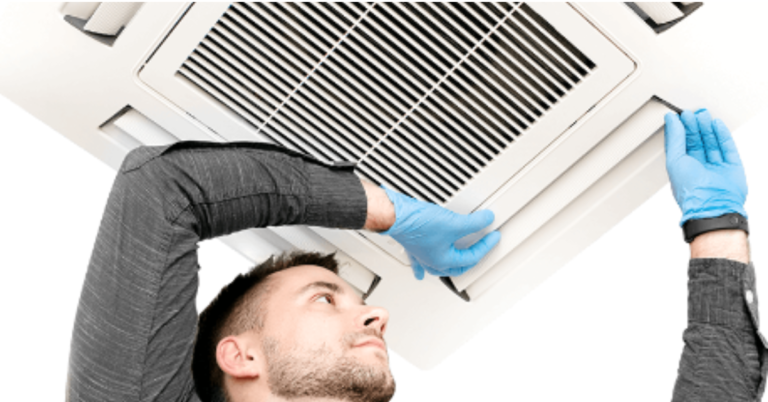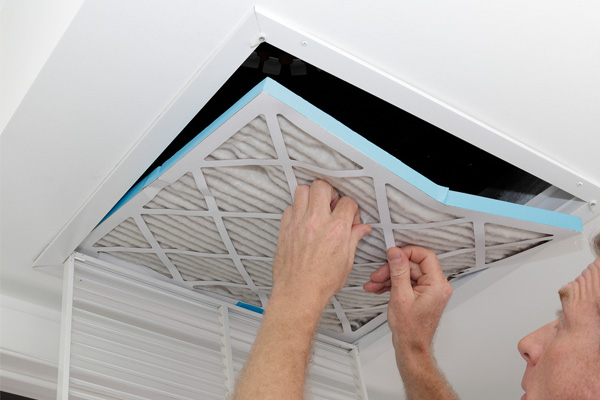The issue of mold in HVAC systems is a common concern for both homeowners and business owners. Understanding the importance of troubleshooting mold in HVAC systems is crucial for maintaining a healthy indoor environment. Mold not only affects air quality but can also lead to significant health issues if not addressed promptly. This article aims to provide a detailed exploration of the causes, symptoms, and solutions related to mold in HVAC systems.

What Causes Mold in HVAC Systems?
Mold thrives in environments where moisture and warmth are present. HVAC systems, which regulate temperature and air quality, can inadvertently create ideal conditions for mold growth. The primary causes include:
- Humidity: Excessive humidity in the air can lead to condensation within HVAC ducts.
- Poor Drainage: Blocked or inefficient drainage systems can result in water accumulation.
- Neglected Maintenance: Lack of regular cleaning and maintenance allows mold to develop unnoticed.
Signs of Mold in Your HVAC System
Recognizing the signs of mold in your HVAC system is the first step in addressing the problem. Common indicators include:
- A persistent musty odor in your living or working space.
- Visible mold growth around vents or within ductwork.
- Increased allergy symptoms among occupants, such as sneezing and coughing.
Steps for Troubleshooting Mold in HVAC Systems
Once you suspect mold in your HVAC system, following a structured troubleshooting process is essential. Heres how you can identify and address the issue:
1. Conduct a Visual Inspection
Start by examining your HVAC system for any visible mold. Pay close attention to areas around vents and within ductwork. If you notice discoloration or a fuzzy texture, it may indicate mold presence.
2. Check for Moisture Issues
Investigate potential sources of moisture within your system. This includes inspecting drainage lines, checking for leaks, and measuring humidity levels. Address any identified issues promptly to prevent further mold growth.
3. Clean and Disinfect Affected Areas
Thoroughly clean and disinfect any areas affected by mold. Use a mixture of water and detergent for cleaning, followed by a disinfectant to kill remaining spores. Consider professional cleaning services if the mold is extensive.
4. Improve Ventilation and Airflow
Enhancing ventilation and airflow can help reduce moisture accumulation. Ensure that vents are unobstructed and consider using dehumidifiers to maintain optimal humidity levels.
Preventing Mold in HVAC Systems
Preventive measures are key to avoiding mold issues in the future. Implement these strategies to minimize the risk of mold growth:
Regular Maintenance
Schedule regular maintenance checks with a qualified HVAC technician. Regular cleaning and inspection can help identify potential problems before they escalate.
Control Humidity Levels
Use dehumidifiers or air conditioners to maintain indoor humidity levels between 30% and 50%. This reduces the likelihood of condensation and mold development.
Ensure Proper Drainage
Regularly inspect and maintain drainage systems to prevent water accumulation. Clean or replace filters as needed to promote efficient airflow.
When to Seek Professional Help
If mold issues persist despite your efforts, it may be time to consult a professional. An HVAC specialist can provide a thorough assessment and implement advanced remediation techniques. Learn more about professional solutions here.

FAQ Section
1. Can mold in HVAC systems affect health?
Yes, mold can cause respiratory issues, allergies, and other health problems. It is important to address mold issues promptly to protect indoor air quality.
2. How often should HVAC systems be inspected for mold?
Regular inspections should be conducted at least once a year, or more frequently if you suspect mold issues.
3. Is professional cleaning necessary for mold removal?
Professional cleaning is recommended for extensive mold growth or if initial cleaning efforts are unsuccessful.
For more information on maintaining your HVAC system and preventing mold, visit this helpful guide.
This article contains affiliate links. We may earn a commission at no extra cost to you.